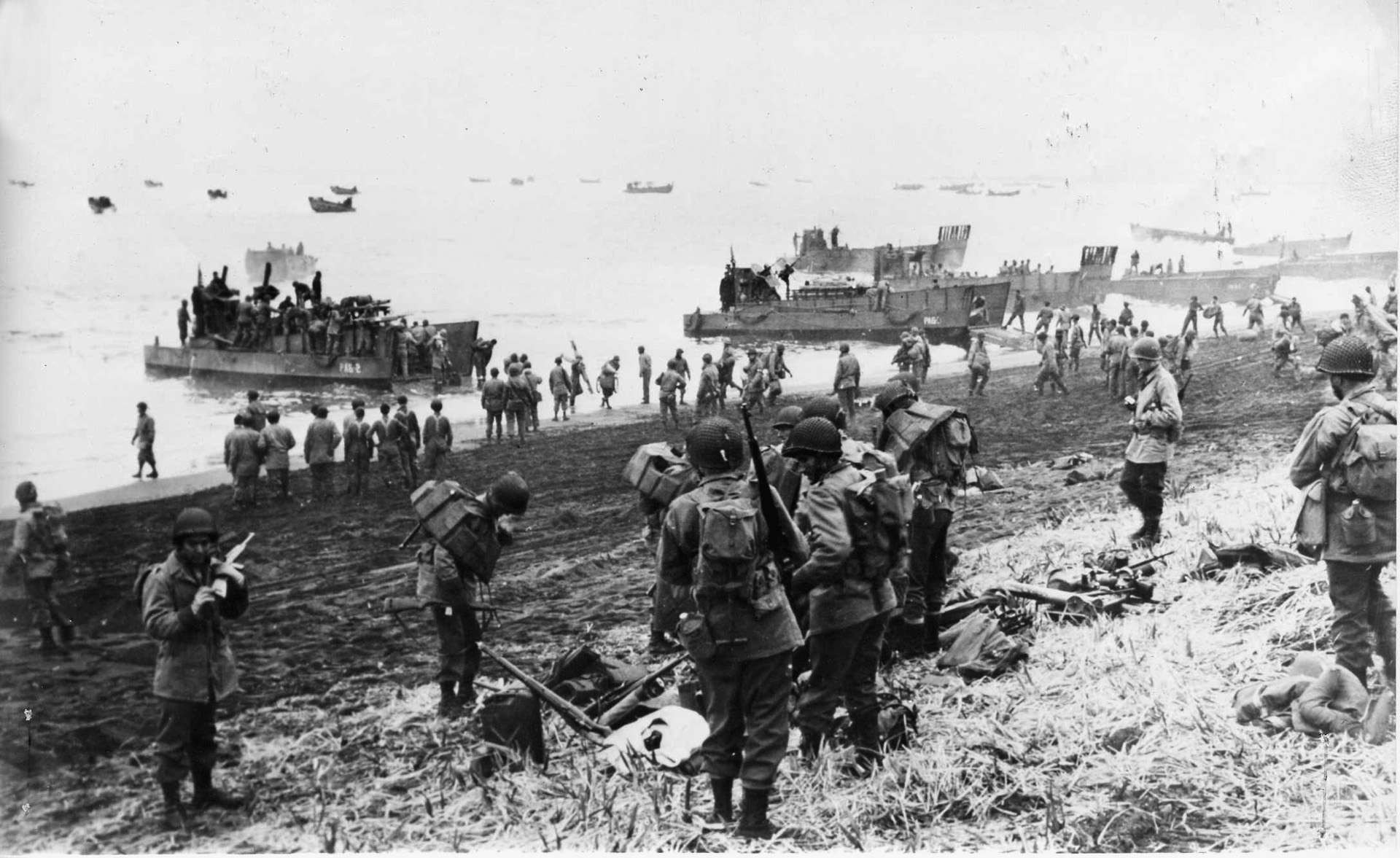While all U.S. military branches face the challenge of feeding their troops, a chasm in performance has emerged, with the U.S. Army’s dining facility (DFAC) system mired in a deep and worsening crisis. A review of financial data and official reports reveals the Army is failing at basic food service management, a stark contrast to the Air Force, Navy, and Marine Corps, which have spent years successfully modernizing their approach.
The Army's problems are not merely anecdotal; they are backed by damning financial data. In early 2025, congressional inquiries forced the Army’s G-8 resource management office to confirm a staggering $486 million shortfall in its food program for fiscal year 2023. Analysis revealed that at major installations like Fort Carson, only 53 cents of every dollar automatically deducted from a soldier’s meal card was actually spent on their food. The remaining funds were diverted into a general Army account, leading directly to underfunded kitchens, poor-quality ingredients, and shuttered facilities.
This financial mismanagement breeds logistical failure. A 2022 Government Accountability Office (GAO) report found the Army’s average cost-per-plate was $19.49, significantly higher than the Air Force’s more efficient $15.17. For soldiers, this inefficiency translates into reality: dining halls on bases like Fort Cavazos have been forced to close due to staff shortages, and troops report having to drive miles for a single open facility with inconveniently short hours.
This systemic struggle is thrown into sharp relief when compared to the other branches. The Air Force has been implementing its modern, campus-style "Food 2.0" initiative for over a decade, partnering with contractors to offer healthier, diverse options with flexible hours. The same GAO report noted the Air Force was the only service to effectively track how and where meal entitlements were spent, demonstrating a long-standing grasp of the data the Army is still struggling to collect.
The other services also showcase a clear commitment to troop welfare through investment. The Marine Corps recently opened a new, state-of-the-art $37 million mess hall in Guam in May 2025, specifically designed to boost morale through better nutrition, and the Marine Corps isn’t exactly the luxury brand of the service. The Navy’s shipboard and shore-based galleys consistently earn high marks and top honors in the annual International Food Service Executives Association (IFSEA) military foodservice awards.
While the Army now speaks of piloting food trucks and "campus-style" concepts, these are reactive measures to a crisis its sister services have proactively addressed for years. The data shows a clear divergence: while the Air Force, Navy, and Marines have invested in and modernized their food programs, the Army’s system is defined by diverted funds and declining service, leaving soldiers to wonder why an institution that demands mission readiness cannot reliably provide them with a decent meal.



%201.svg)









